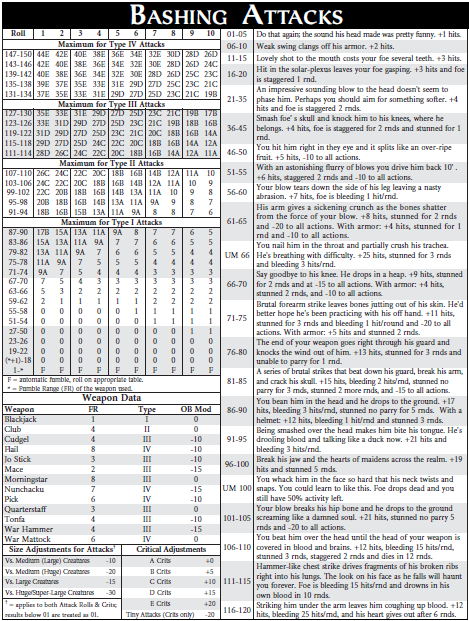I thought I would write a short mini series on Solo Roleplaying, what it is, what it is good for and how to do it. At first glance the very idea of Solo roleplaying is almost oxymoronic, how can a hobby so dependent on conversation and social interaction be done on your own. Isn’t that just day dreaming?
Firstly I would say that solo roleplaying is slightly miss named. It should really be GM-less roleplaying. You can solo with a whole group of players or just a single player, namely yourself. The only thing you don’t need is the GM.
So how is this going to work?
I will get into the actual mechanics in a future post but the principle is this. You use your imagination to fill in 90-odd percent of the details but when you come across a key point, to phrase it as a yes/no question and roll the dice. To show you what I mean imagine your favourite RM character is in the dungeons of a castle and you are trying to escape. I hope you can see the character, the dark passages of the dungeons and so on. Your character reaches the end of the passage. If you were playing this in a group you would probably ask the GM “Are there any guards?” At that point you would roll the dice.
The rules and tables that make up a solo roleplaying set of rules are called an engine. A solo engine is a little like a magic 8 ball but give an answer something like ‘no, and…’ to ‘no’ to ‘yes’ to ‘yes, and’. You can think of that as almost open ended down, fail, success, open ended up. If you have ever had your players make a moving manouvre roll then you have been using a solo engine.
Player “Can I leap the chasm?”
GM “roll your MM”,
Player ” open ended downward, -200″
GM “Not only do you fail to make the leap but you fall and take 8hits and are stunned for 2 rounds.”
Anyone who has rolled a MM or a random encounter have to some extent abdicated their GMing responsibilities to the dice.
Solo engines just formalise this into a set of rules that take account of how likely the answer should be yes or no and how to move the plot or adventure on.
Solo engines also normally have a mechanism for plot twists or a chaotic factor that can force the story in a different direction. Normally you just use common sense for that setting to fill in the details. If you are in the dungeons of a human king then chances are the guards are going to be humans armed with culturally common weapons and armour. If you are in a orc stronghold then they are likely to be orcs. You don’t need to roll to determine that. Likewise the solo engine does not replace skills. If you want to pick a lock the you don’t ask the solo engine, you roll your skill.
Solo engines can be as complex as dozens of rolls from pages of tables to a single roll of 1d6, but they all do the same job to a lesser or greater extent.
In the next installment I will go more into why you may want to look into solo engines.


 http://www.ebay.com/itm/1976-vintage-Matchbox-Mobile-Action-Command-RESCUE-CENTER-playset-Lesney-MAC-/381878473020
http://www.ebay.com/itm/1976-vintage-Matchbox-Mobile-Action-Command-RESCUE-CENTER-playset-Lesney-MAC-/381878473020